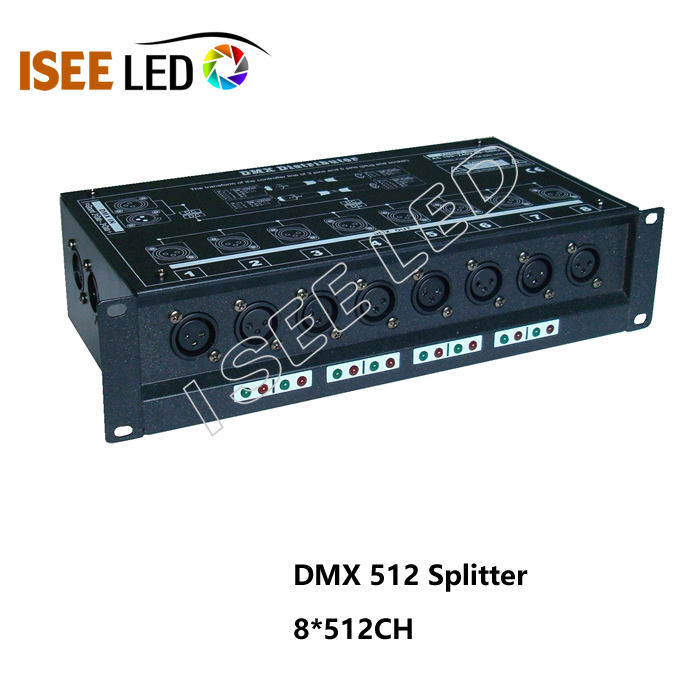The Chinese Aluminum Industry Network explains that anode treatment, also known as anodizing, is a process similar to electroplating but with a different approach. In this method, the object to be treated is placed on the anode, and through an electrical current, oxidation occurs, leading to the formation of an aluminum oxide layer. This process is called anodization. The resulting aluminum oxide film has a fine structure, excellent adsorption properties, and is highly resistant to peeling off. Therefore, anodizing equipment is used to create a thin, protective oxide layer that prevents further oxidation, making it ideal for various industrial applications.
Anodized aluminum forms a hard, wear-resistant surface with high corrosion resistance and attractive color options. Aluminum alloys are easy to work with, offer high strength, and are widely used in products such as aluminum doors and windows, furniture, camera casings, and instrument parts. As the aluminum manufacturing and processing industry continues to grow, the market for anodizing equipment is expanding significantly, offering great potential for development.
Advancements in anodic treatment include techniques like hard anodizing, which can be performed at low temperatures. This hardened anodized aluminum is used in critical components such as pistons, cylinders, cylinder liners, hydraulic presses, turbines, steam valves, gears, firearm parts, clutches, brake discs, and machine tools. The success of this process depends on factors such as bath temperature and current density.
To ensure consistent quality and meet customer demands, the composition of the electrolyte solution must be automatically controlled. Implementing automation requires adopting foreign technologies and significant investment. At the same time, understanding the potential of international markets in an organized way is essential to achieving efficient and effective automation.
Electroplating works on the principle of electrolysis, where a metal sheet acts as the anode, and the object to be plated serves as the cathode. The electrolyte typically contains ions of the metal to be deposited. When voltage is applied between the anode and cathode, the metal ions are attracted to the cathode and are reduced to their metallic form, forming a coating. Meanwhile, the anode dissolves, replenishing the metal ions in the solution. In some cases, insoluble anodes are used, and fresh electrolytes are added during the plating process to maintain the desired concentration of metal ions.
Iseeled's signal splitter gives you the ability to plug in up to 8 dmx-out from one dmx-in. Led splitter is specially designed for connection of dmx receivers .Our dmx splitter can surmount the restriction that signle RS485 can only connect 32 sets of equipment. DMX splitter is an optical for DMX512 lighting. It's purpose is to allow the user more flexibility in connecting their DMX controller devices. Instead of having to make them all fit within a single daisy chain, each of the eight outputs from the Signal Splitter can be start of its own chain.
Photo show of Signal Splitter:

Signal Splitter,Led Signal Splitter,Dmx Signal Splitter,Signal Fiber Splitter
Shenzhen Iseeled Technology Co., Ltd. , https://www.iseeledlight.com
